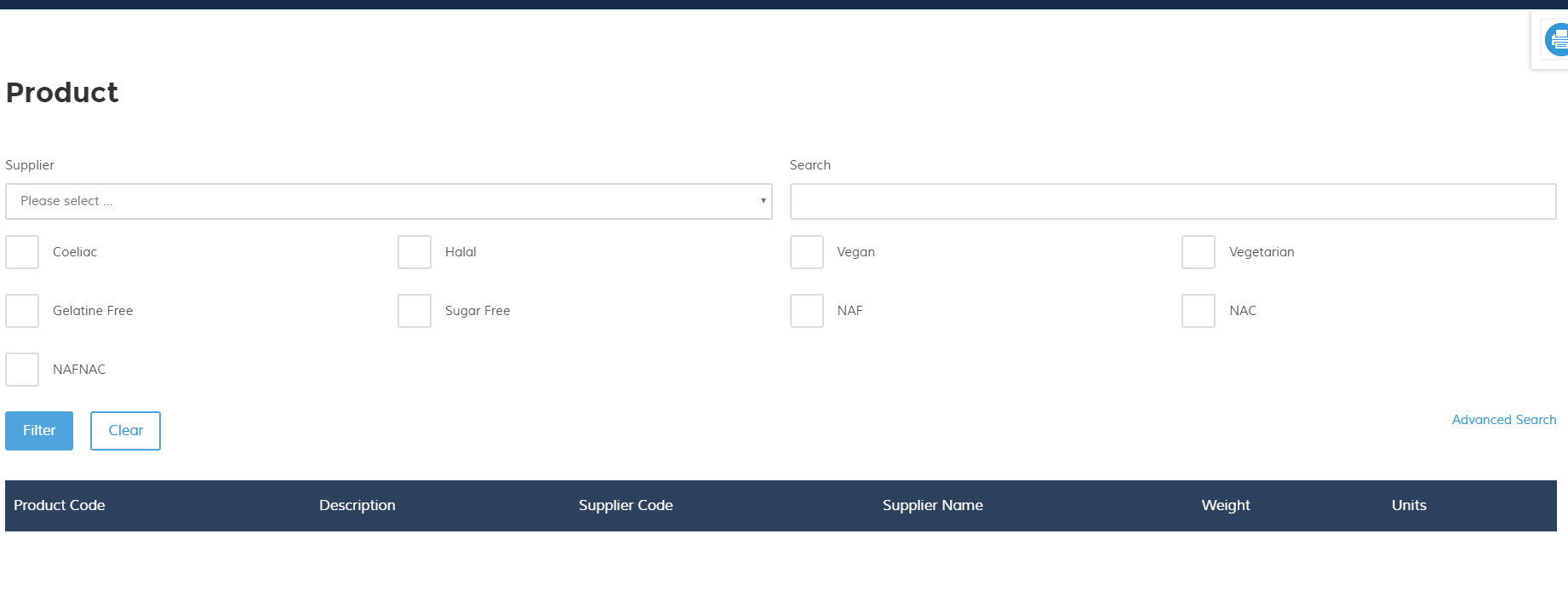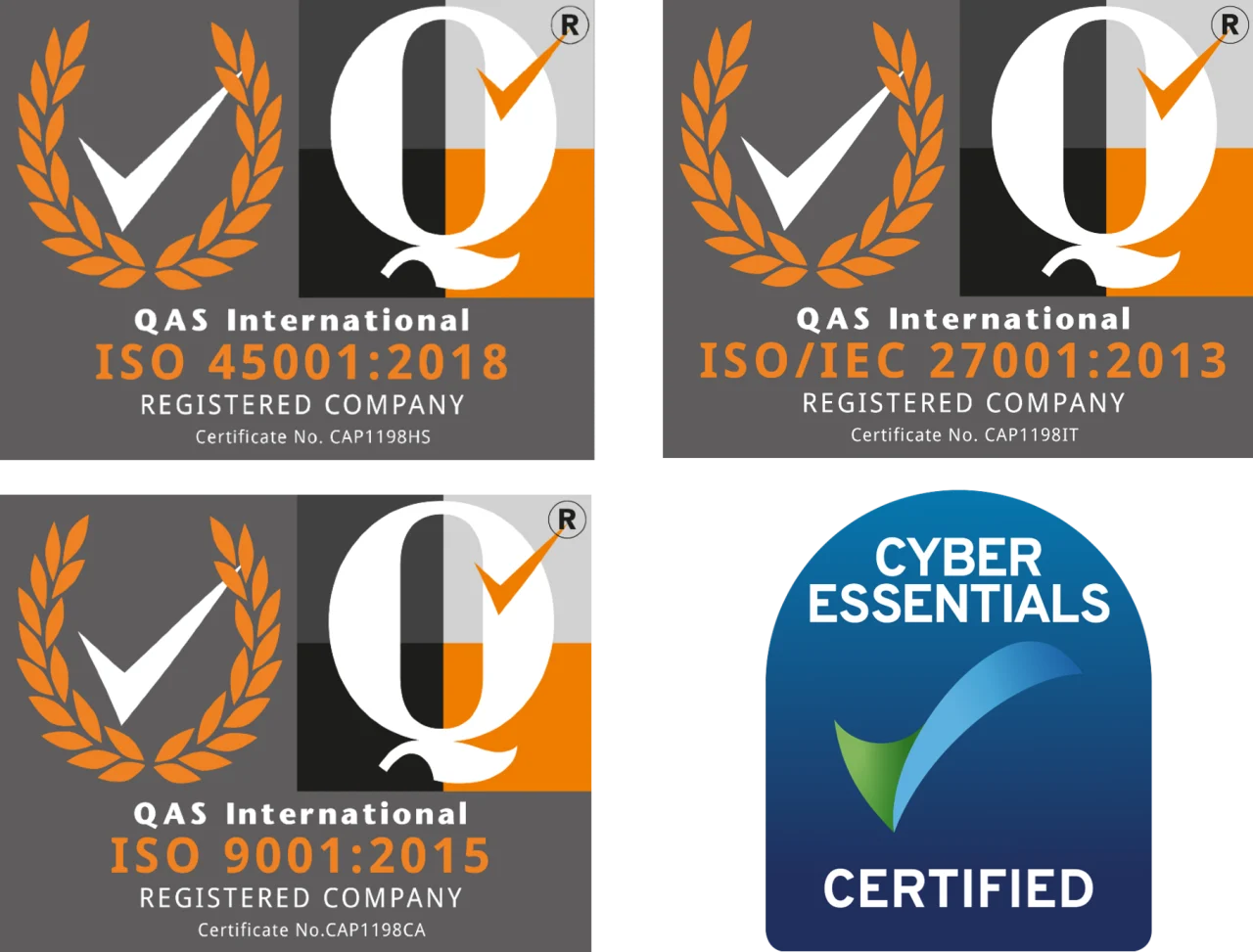An intranet is a private network that utilises technologies that are normally seen as internet technologies but is operated in an isolated fashion from the rest of the public internet. OK, that seems like a bit of technical jargon, so what is an intranet really? Effectively, it’s an internal website that provides staff with a central place to share and read information.
ESP Projects has created many forms of intranet systems, but they all share a single feature; They allow people from different departments to see data that they wouldn’t normally be able to see very easily. That could be as simple as the manufacturing team being able to see at a glance information regarding how many sales have been made across the company, or it could be more advanced, such as each member of staff being able to access their own HR information which would normally be held by the HR department only.

Supplying staff with the information that they crave, and in a transparent format, is massively important for any business. If staff can see how well, or badly, a particular element of the business is functioning, they are able to contribute to improving it.
Intranet Systems contribute to advanced productivity within organisations, because staff can physically see how things are going within the business. Intranet Systems can also be used to improve culture across the business, giving a forum for staff to air their views and creating working groups across different teams. Ideas can be formulated, discussed and developed, all within a web-based portal.
With an Intranet System, not only can you provide your business with the information that it requires, but you can track access to the information using normal web-based metrics; how many visitors the site has had this month, how long people stayed etc.
To make life easy, after you have got your head around what an intranet is, we’ve provided a list of benefits and pitfalls of Intranet Systems below.
Benefits of an Intranet System
- Productivity: Intranet Systems can assist users to find the information that they require faster and provide secure access to only the information that they need, meaning they can deliver their work more quickly & accurately
- Fast delivery of information: Intranet systems allow staff to update documentation in one place, quickly and easily and be sure that they have provided that information to everybody
- Cross Platform: Browsers are available across all computer platforms, Windows, Mac, Linux, Android, iOS. This makes it easy to deliver information to staff, whatever device they use
- Efficiency: Intranet systems allow information to be stored in a sensible place, rather than distributed via email. This means that employees aren’t getting distracted by each and every document that is circulated – they simply visit the intranet site to get the information they need, when they need it
- Inter-team collaboration: Intranet systems allow staff from multiple teams to work together on common goals, allowing sensible business decisions to be made.
- Business Culture: Providing staff with the information they require and allowing them a forum and/or social system to discuss and develop ideas to improve the business
- Connectivity to data: Your intranet can provide a front end for your accounts, customer databases and other business systems
- Better decision making: If management have more information, from across more teams, they are likely to be able to make more informed decisions based on that information
Pitfalls of an Intranet System
- Security risks: whilst generally intranet systems give more secure access to data, it’s important to have this on your radar – it would be relatively easy to grant the wrong person the wrong permissions when company data is collated in one place
- Cost: Cost can be a major factor when building an intranet system. It is time-consuming to develop these systems and therefore costs a lot of money.
- Unsuccessful onboarding: If you don’t get employees to ‘buy in’ to the system at the beginning, it will be difficult to get them to engage later. Content is key here, making sure that there is some value to the intranet, at the point of launch, means that staff will want to use it more and more.

ESP Projects has integrated information into Intranet Systems for businesses of all sizes, from organisations with 5 staff, right through to those with 500 staff. Connecting systems together to provide staff with information comes naturally to us. We regularly provide companies with systems that pull together information from various sources, such as Sage and other accounts systems, pulling information from e-commerce websites (WordPress, Magento & BigCommerce), pulling product information from product databases, providing access to data from manufacturing databases & SQL integrations.
You can find out more about our Intranet Development skills, by contacting us or take a look around at our website.

